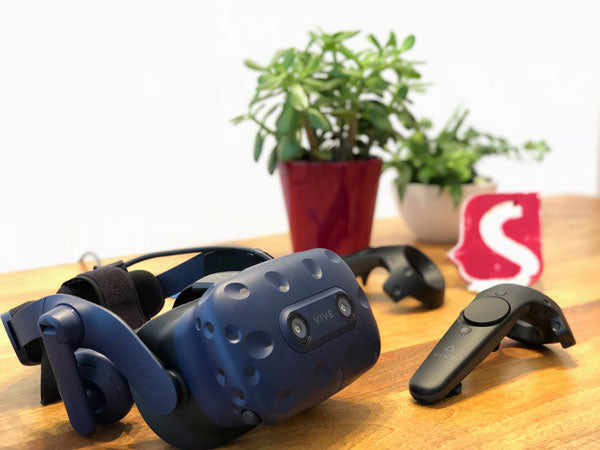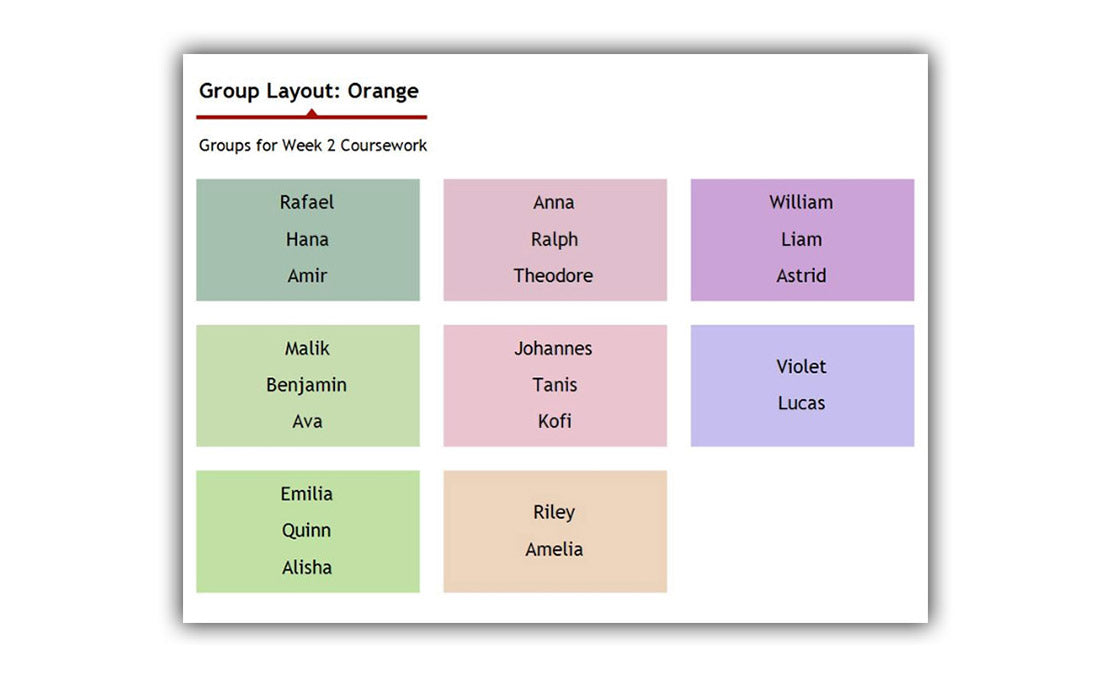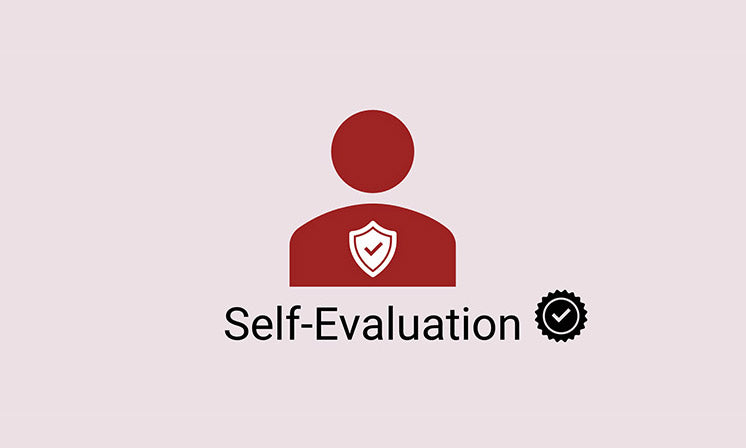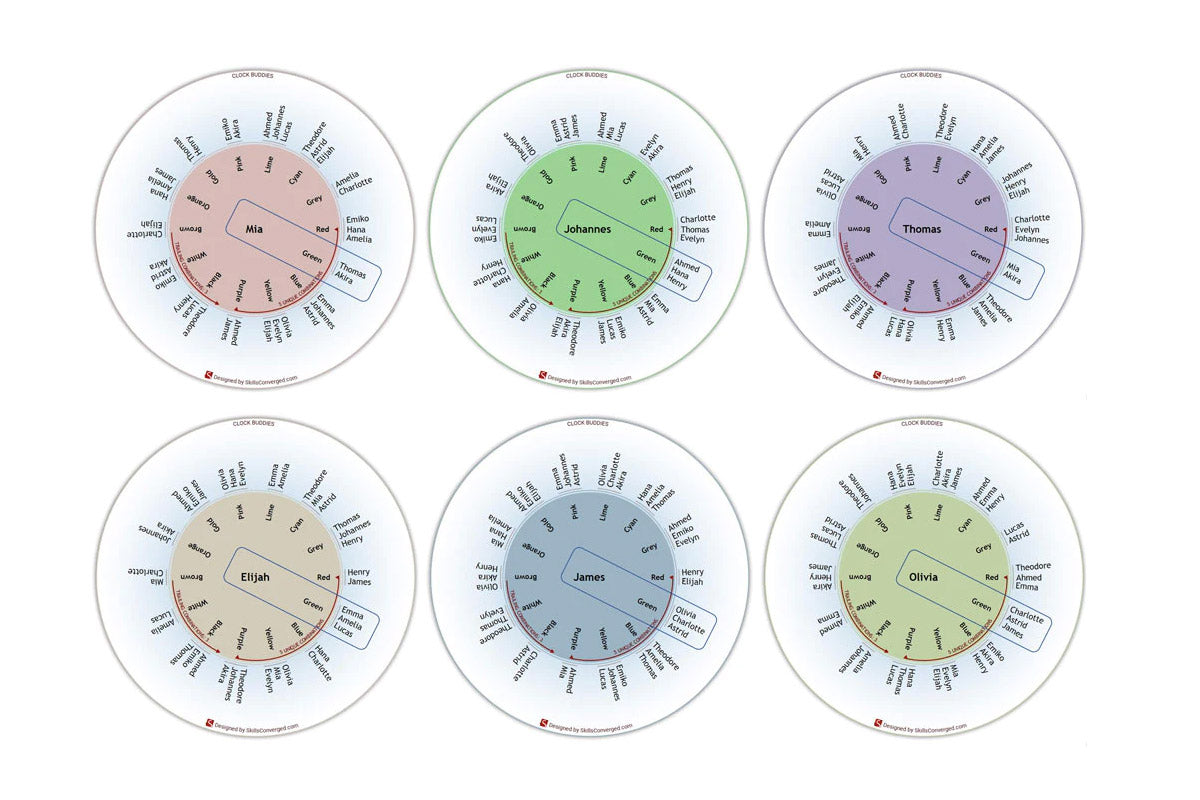The new age of virtual reality (VR) is upon us. We are still at early stages of VR development, but the field has shown a strong promise. Of all the new technologies that we are about to fully experience in everyday life, such as self-driving cars, drones or 3D printing, VR and AR (Augmented Reality) prove to be the strangest and the most magical technologies ever developed. Just imagine that in a few decades, when the technology has matured enough, as soon as you put on a VR headset, you will be transferred to an alternative universe the like of which you might have never seen before. It is the kind of environment that might feel more interesting than real life to the point that you may not want to leave it!
It could also be the opposite; you may go through a hellish environment and see how the world may look like if we don’t pay attention to important environmental issues or let greedy politicians bully us to annihilation. Either way, you will come out of the experience better informed and with a strong vivid memory.
We Got VR!
In the past few years, there has been a fury of activities in the field of Virtual Reality and progress is fast and continuous. With the latest release of HTC Vive Pro (which here at Skills Converged we can say we are now a proud owner of) we can experience and see more thanks to the higher resolution and better tracking. At the time of writing of this article, HTC Vive Pro is the state of the art in VR tech.
As training and learning enthusiasts, we are currently experimenting with VR to see how it can be exploited for training purposes. As you may know, considering that our primary focus is soft skills training, we have always been advocates of face-to-face training over e-learning solutions. We are a firm believer that majority of learning takes place through exercises and actions. People learn by doing. Sure, you can memorise a bunch of facts through some multiple-choice-questions; but for the vast majority of skills that are useful you need to be placed in-situ. You need to go through deliberate practice, get out of your comfort zone, be measured against a specific goal and learn to take specific steps to move towards it.
We are therefore very excited about VR and its ability to bridge the gap between technology-oriented teaching and traditional face-to-face training. The most straight forward possibility is to hook up a few participants into a VR world, place them in a classroom and then go through a similar approach to face-to-face training while they interact and communicate with each other from anywhere in the world. It will reduce costs and makes high quality training more accessible to people around the world. However, we would like to take VR much further than this basic realisation.
Can VR Be Used for Soft Skills?
Imagine the following scenario. You put the VR headset on. You are now transferred to an office environment standing in a corner as an observer. You see an exchange between an employee and a manager taking place in front of you. In VR, you feel you are right there in the office with them. You can see the people as you do in real life. They don’t react to you though, so you just feel like a bystander watching them. Suppose the exchange is negative. The manager is harsh and uncompromising with no empathy. Now, the VR scene reloads and this time you are placed in the position of the manager. The system now expects you to talk to the employee and improve on the previous experience. The AI driven character responds to your conversation and through the reactions you receive you can learn to improve your communication skills. You may be promoted to use a step by step approach as part of the training lesson and are expected to act it out in the given situation. The AI can listen to you, analyse your reactions and then give you a score based on your performance. The AI can even learn to read your body language. If you fold your arms or constantly point your finger towards the employee in a bullying manner, the system can detect your gesture and give you negative points! You have to start all over again much like a computer game. Hopefully, you will do better this time.
This scenario is, of course, a futurist setting. We need many more components developed to realise this vision. We need accurate face tracking, eye tracking, body tracking, natural voice recognition and generation and plausible AI conversations based on specific training needs. Fortunately, all of these technologies are under development around the world. Many VR companies are working on interfaces, haptics and body tracking. Within the next decade we will see significant progress in all these fields.
We are already seeing breakthroughs even in the most difficult technologies such as speech recognition and generation. As an example, just a few days ago, Google announced a new AI voice generation called Google Duplex that is so realistic it immediately created a big controversy. People are concerned that it is so good, it might fool humans into believing they are talking to another human rather than AI and that Google needs to incorporate a mechanism to declare that the voice is indeed the voice of an AI and not a human.
We do know that simulating emotional conversations, essential in teaching soft skills, can be quite hard. There can also be ethical issues. Imagine if you place a new employee in front of a VR generated character that is supposed to simulate an angry, bulling customer. VR can be quite realistic. Already, even with the current state of graphics, if you see an animal attacking you, you just want to turn around and run away fast rather than hang around see if you can act like a champion archer. Now, back to bullying scenarios, what if the employee cannot handle the bullying customer? What if the employee has a sensitive history and the training triggers something unwanted? To what extend would you push the simulation of an angry customer? Are there legal ramifications here? In real life, a trainer can control the issue. If a misunderstanding occurs, people can quickly apologise. How would we react if an AI hurts us? Would we demand apology? If the AI apologised, would we even care?
Now, consider it the other way around. Would a user in VR remain strained in verbally attacking an AI character? After all, it is not a human so there is no social etiquette in interacting with it like you would with a human. Sure enough, you cannot punch the AI character (well you can, but watch out hitting something hard in your real-life room), but you can surly yell or swear!
All in all, VR provides great opportunities for training and not just for what we are focusing on here at Skills Converged. Let’s review other training domains that will be benefiting from VR.
How VR Is Used in Health
In health care, VR can play an important role. Both VR and AR (Augmented Reality) can significantly help with training. Complex operations can be rehearsed using VR. AR can be used to locate organs and teach students while they look at a patient through a AR headset. They can then locate areas and be promoted on how to approach them when operating.
The Devon and South Torbay NHS Trust in UK has used VR to train doctors in communication, compassion and teamwork and understand how these affect their clinical performance.
MPathic is a VR technology used to teach medical students how to break bad news to patients and their families. Using the VR training technology, students can learn how to maintain empathetic communication. They learn to recognise and interpret verbal and nonverbal body language from characters shown in a given scenario while they are in VR. They will then respond accordingly with the most appropriate strategy.
VR and Treatment of Phobias
VR has been used in curing phobias such as fear of spiders, blood, needles, height, flying, storms, the sea and many others. The main phobia treatment is done through standard exposure therapy though in this case VR is used to incrementally expose the patient to what scares them. In a typical scenario, the psychologist teaches relaxation techniques. The patient is then placed inside VR and a 360 degrees video is shown which is basically an “anxiety scenario”. The patient can then use the relaxation technique to overcome his fear. The intensity of scenario is then increased in each session until the patient can see himself dealing with a given phobia. The great advantage of the VR is that you can precisely control the scenarios and their intensity. Sometimes it is not feasible or possible to do this in reality such as addressing fear of storm. You cannot just wait until a storm happens at the right intensity. As an example, a new movie recently premiered in Tribeca Film Festival, called “Into the Now”, has already helped people overcome their fear of the sea.
VR Is a Great Training Tool for Space
Certain industries can benefit enormously from VR due to costs or unavailability of real-life scenarios to practice in. Once great example is the space industry. Suppose you want to train an astronaut to learn to do a spacewalk or operate a mechanical arm while suspended in space around the space station. You cannot just send the astronaut up there to practice a few times and learn it. You will need to simulate the real world, so he can practice under supervision and learn. Traditionally, such simulators are so expensive that only national space agencies can afford to have them. VR can drastically improve training performance while simultaneously reduce costs. A detailed world exactly like the real world can be generated and rendered around the astronaut in VR. The astronaut can make mistakes without worrying about costs or damaging the expensive equipment. Of course, more sophisticated simulators can be used afterwards but since the astronaut is more prepared, the time in simulator can be reduced which in turn can reduce costs.
For example, ESA, the European Space Agency, has been exploring the use of VR and AR in a series of studies and projects. When in space, operational needs can come up easily and considering that communication with Earth might become unavailable, the need to be able to quickly address complex problems becomes paramount. For this, ESA has developed a series of technologies. WEAR (Wearable Augmented reality) includes onboard location and object identification and shows astronauts precise information on what they are looking at when in a space station. It can also provide them with step-by-step instructions to guide them through lengthy procedures. In another project, an Oculus Rift was used to remotely inspect the space station. It has used the images streamed from the stereo vision cameras on the SPHERE drone currently on-board the station.
VR Has many Applications in Business
VR is a great tool in manufacturing and engineering. Many companies already use the tool to simply prototype new products. They upload the 3D model to the VR and examine its qualities to see how it feels or looks like both for functional use and marketing purposes.
VR is also used to teach operating complex machinery. This is particularly attractive if an expensive machine is heavily used in a manufacturing plant and it is preferred not to take it offline just for training purposes. VR can drastically cut costs and speed up training.
Deutsche Bahn is Germany's national intercity express train system. Siemens provides much of the equipment for them. Four thousand employees are involved in supplying the technology and the company has been increasingly using VR for simulation and training. According to Martin Repondek of Deutschbahn, they use HTC Vive to create custom VR scenarios. Their focus is to perfectly replicate big, physical simulations of new equipment and operations.
VR Can Be Used for Onboarding
In business, VR is also used for onboarding when employees join the company. The working environment is simulated in VR. The VR can show people around and introduce them to company procedures, best practices and safety standards. They can even go through this process on their own before they start the job as a way to familiarise themselves with the company. Everyone knows that the first week at a new job can be quite daunting. You feel you need to prove yourself, absorb tons of information, not to appear stupid and quickly become productive. Since different people learn at different rates, a self-paced VR experience can greatly help the employee learn safely and without any potential embarrassments. It is also at reduced cost to the business as it frees up personnel so they can focus on more important aspects of welcoming a new employee to the organisation than to drill him on policies.
VR Is a Whole New Medium in Art
In VR, size doesn’t cost as much as it does in reality. To make something feel gigantic is rather easy, yet the impact is just as in real life when you see a giant monument or structure. The first time you see such a structure in VR, you will probably look at it with your mouth wide open—in owe. It is that powerful.
VR artists can also create sculptures and structures that cannot exist in reality. In VR, you can have impossible sculptures. For example, you can be hovering around inside a giant monument where you and the monument is completely suspended in space, say, inside a fireball. We leave it to you to imagine the rest. As in everything artistic, it’s the experience and the emotional reaction of the viewer that matters the most. A viewer may not be able to pinpoint exactly why he likes a work of art. The same goes with VR. Considering that many artworks are experienced purely visually, VR can be considered as a great medium to consume new works of art. Currently, great emphasis has been placed on translating what we already see in other mediums to VR. Examples are traditional videos becoming 360 degrees videos or 3D games becoming VR games. Gradually, as tracking and haptics become more sophisticated, VR art would become something in its own right; a whole new category sitting next to all others before such as paintings, cinema and computer games.
There is currently a trend on popularity of immersive theatre such as Punch Drunk in London. Viewers are guided and get to interact with live performers as they go through various elaborate settings, rooms, moods and environments. A VR experience can take this to a whole new level with the addition of the impossible-to-exist props and effects, as well as performing avatars driven by actors from all around the world, creating a unique and magical experience for the visitors.
HR Departments Must Embrace VR
Numerous studies show that one of the strongest reasons why people leave a job is not necessarily because people want a higher salary. Instead, it is usually because of lack of developmental opportunities. This in turn means HR departments, the world over, can increase employee retention rates by providing regular training. However, interactive face-to-face training can be expensive. This is perhaps why there has been a strong rise in e-learning solutions because they allow HR to provide much cheaper training. In certain applications, such as learning the high-way code, or becoming aware of the new health policies, e-learning can be quite effective. However, it can be a poor training method when it comes to operating machinery, improving management, communication skills or dealing with an angry customer. In such situations, numerous studies show that face-to-face training has been much more effective.
VR provides a great opportunity to reduce training costs while keeping the training effective and relevant. VR can therefor prove to become a great tool in improving employee satisfaction. It can be easily deployed for all employees and encourage continuous development. The mantra, “hard skills will help you get a job; soft skills will help you keep it” is still as applicable today as ever. Continuous soft skills training can significantly increase productivity, reduce the devastating impact of office politics and lead to a creative environment where employee attention is firmly placed on improving products and services.
Once the company acquires all that VR equipment, employees can also engage in afterwork virtual reality games, simulations or social interactions. It would be another perk for everyone to benefit from much like gyms, game rooms or leisure centres. Everybody wins.
VR and Soft Skills Training
At Skills Converged, we are currently exploring various VR possibilities. It is still early days in the VR tech world; but we can already see a future where many interactions are designed to take place in a controlled world of a VR environment. VR training is not about cost reduction only, which has been the main aim of online e-learning training. It is also about taking training further forward to a whole new level.
It is our fundamental belief that humanity progresses primarily based on improving its training materials. There was once a time that only Newton and a handful of other scientists could comprehend calculus and classical mechanics. When Einstein published his paper on relativity, it was said that only six people in the world could understand him. These days, a typical teenager is well-informed on all these topics. There was a time where you had to go to a library to find a reference book on a topic you were researching. It could have easily taken you hours and days to find what you were looking for. These days, it is only a click away. There was a time, that in order to learn how to place a veneer on a tooth, you had to go to a dental school or attend a specialised course and someone physically show it to you. Now, you can see how it is done in the next half an hour simply by watching a free YouTube video.
These are all achieved by innovating training materials and training delivery systems.
Training materials sit at the core of humanity’s progress. It is how we pass our knowledge from generation to generation. We now live in the age of information and the pace of development for training materials has increased significantly. VR and AR seem to be the next phase in this regard and they hold a great promise. They can come to be just as disruptive as internet has been in the last few decades, ushering us to a whole new era; the Virtual Reality era.
We cannot wait to experience it.
Soft Skills Training Materials
Get downloadable training materials
Online Train the Trainer Course:
Core Skills
Learn How to Become the Best Trainer in Your Field
All Tags
Training Resources for You

Course Design Strategy
Available as paperback and ebook

Free Training Resources
Download a free comprehensive training package including training guidelines, soft skills training activities, assessment forms and useful training resources that you can use to enhance your courses.

Our Comprehensive Guide to Body Language

Train the Trainer Resources
Get Insights - Read Guides and Books - Attend Courses
Training Materials
Get downloadable training materials on: Management Training, Personal Development, Interpersonal Development, Human Resources, and Sales & Marketing














Leave a comment
All comments are moderated before being published.
This site is protected by hCaptcha and the hCaptcha Privacy Policy and Terms of Service apply.